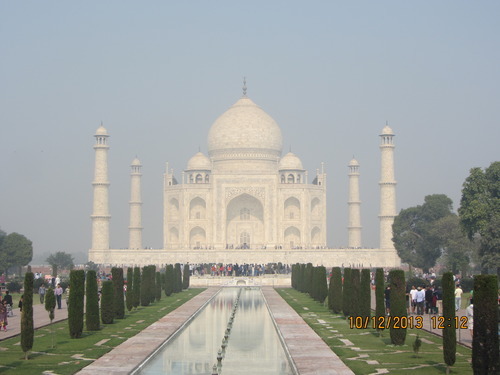
City Passes and Entry Tickets
Entry tickets to various places of interest, can add up to a substantial amount. Most major tourist cities have a pass giving you free or discounted access to many of the sights. However, they are generally expensive. So you need to decide on the sights and museums you want visit, check their individual ticket prices and compare it to the price of the pass. Passes are generally cost effective when you are visiting...
























